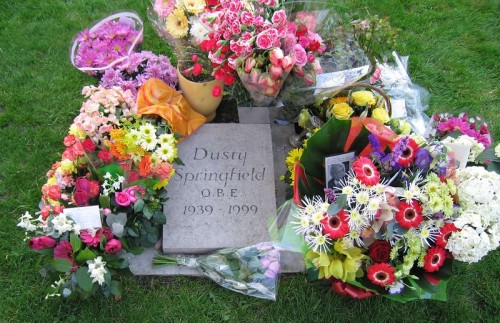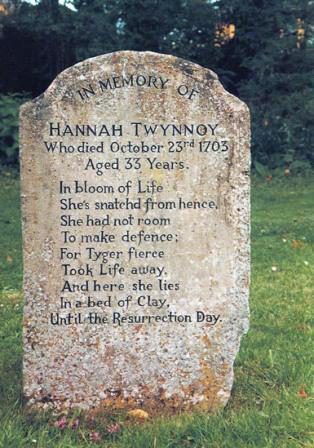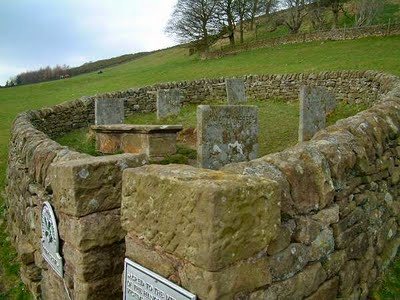It was nice to have Ann Treneman write for us last week about the vital importance of specifying where you want your dust or ash to repose.
But I’m afraid I’ve got a big problem with her book, Finding the Plot: 100 Graves to Visit Before You Die. Dang it, you pick it up for a gentle browse and you just can’t put the darn thing down.
What it was, exactly, that originally impelled the parliamentary sketch-writer of The Times to become a leisure-time graveyard rabbit we don’t know because, of course, she cannot fully account for it. You understand as well as anyone that mortality exerts a mysterious gravitational pull on people in myriad ways. The way it tugs Ann is to inspire her to go graving. That’s what she calls it, graving.
It wasn’t long before Ann discovered that there are already lots of books about famous graves out there — so what makes hers different?
She sets out her criteria. Her hundred graves had to be eclectic, iconic, accessible and ‘not too depressing or upsetting … I was also wary of murder victims. This book is about lives, not deaths.’ She also set herself the task of visiting every single one of them, a journey that took her as far as the north coast of Scotland. No wonder the book took four years to write. Around half are in London because, ‘per square mile, London has the most interesting dead people of anywhere in the world.’
You’ll find, of course, that some of your favourites are missing. In place of them are some you never dreamed of. There’s the grave of Anthony Pratt, inventor of Cluedo, in Bromsgrove, and that of Dusty Springfield in Henley-on-Thames. There are three graves of people obsessed with big cats. At Malmesbury is that of Hannah Twynnoy, torn to pieces by a tiger. At Hampstead lies George Wombwell, his tomb topped by Nero, his pet lion. And at Abney park rests Frank C Bostock, lion tamer, who died of the flu.
In short, there can be no quibbling with the rich variety of people Ann Treneman has chosen to commemorate.
The best thing about the book, after its subjects, is the way it is written. Treneman writes with light-touch humour which moves easily to touching seriousness when describing, say, the graves of the Hancock family of Eyam, six little children’s headstones clustered round their father’s, victims of the Plague (pictured below).
Yes, it’s a very good read. Hint strongly to your partner that you’d like it for Christmas — or surrender to temptation and buy it now. We give it five stars.





Not sure I can wait ’til Xmas. I need to start visiting these interesting dead people now!
Being added to the list as I type. Thank you for heading that one up. Wish I’d thought of it.